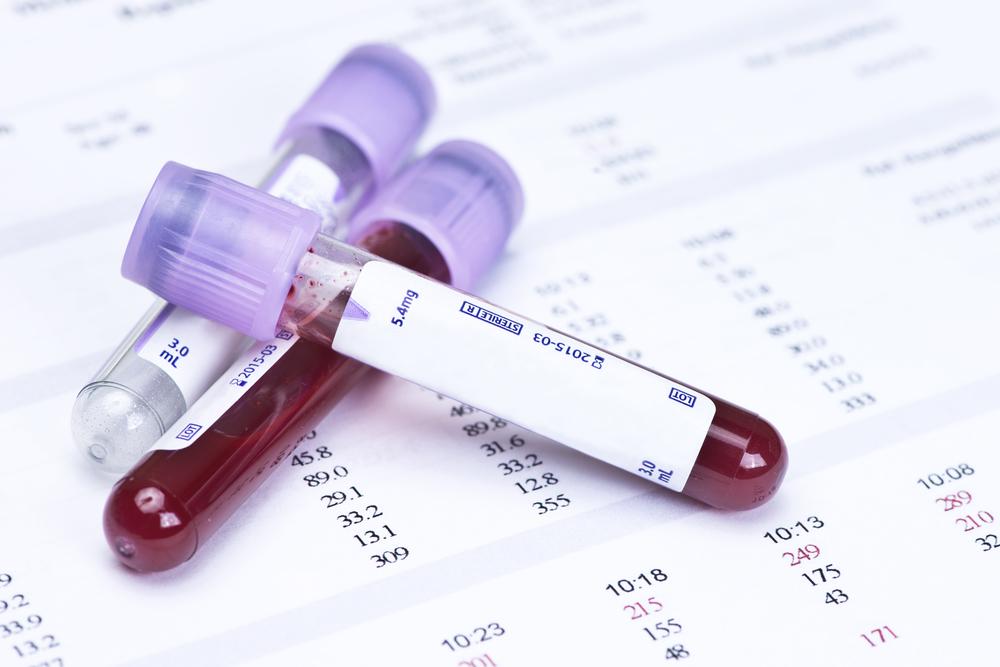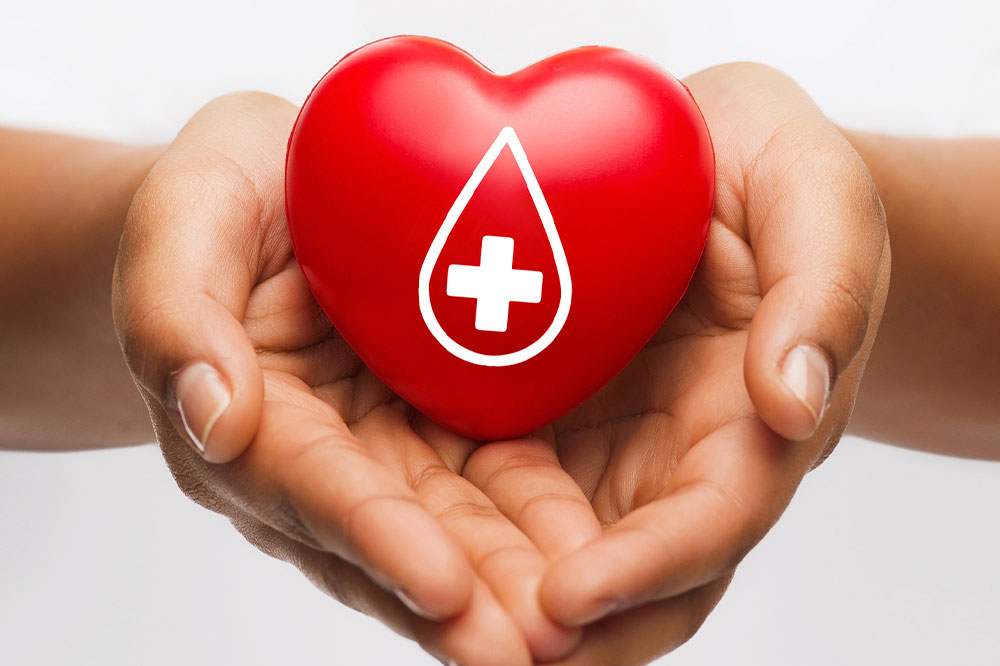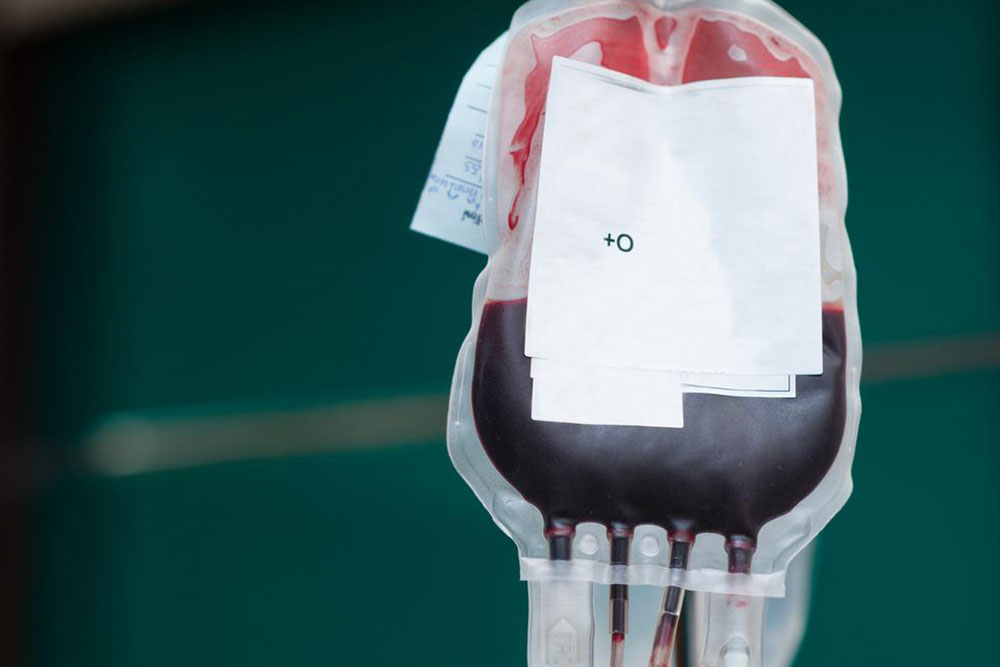Essential Guide to Blood Donation and Types
This comprehensive guide explains blood types, donation procedures, and various donation types like whole blood, plasma, platelets, and power red. It highlights the importance of blood donation, eligibility criteria, and the significance of compatibility, especially focusing on ABO and Rh blood groups. Understanding these concepts helps save lives by promoting safe and effective blood transfusions. The article also covers unique donation options such as autologous and directed donations, emphasizing their roles in medical treatments and surgeries.

Understanding Blood Donation Basics
Every day, countless lives depend on blood donations, with the U.S. requiring a transfusion every 2 seconds. In developing nations, children under five are the primary recipients. Patients with conditions like cancer or sickle cell anemia often need multiple transfusions, emphasizing the limited shelf life of blood—up to 42 days, with red blood cells lasting only 35 days. This overview covers blood typing systems, donation methods, eligible donors, and the donation procedure to help understand its critical importance.
Blood Typing Systems
ABO Blood Group System
Blood classification includes four types: A, B, O, and AB. This system is based on sugars on red blood cell surfaces, specifically on the H antigen. Type A has N-acetylgalactosamine, while Type B contains D-galactose. Type O lacks these sugars, and Type AB has both. The body produces specific antibodies against types it doesn’t have, influencing compatibility during transfusions. For example, Type A has anti-B antibodies, and Type B has anti-A. Type O, the universal donor, has no antigens, making it compatible with all, whereas Type AB is a universal acceptor.
Most individuals are Type A (42%), followed by O (44%), B (10%), and AB (4%).
Rh Factor
Rh factor, another protein on blood cells, distinguishes Rh-positive and Rh-negative blood. Rh-positive indicates presence, and Rh-negative indicates absence. Rh status influences compatibility, with Rh-negative individuals only able to accept Rh-negative blood. Blood types combine ABO and Rh factors, with O+ being the most common in the U.S. at 37%.
Additional Blood Antigens
Nearly 100 antigens exist on blood cells, many tested before transfusion. Compatibility of these minimizes immune reactions, particularly involving Rh and ABO antibodies. Mismatches here can cause severe transfusion reactions.
Categories of Blood Donation
Various donation types include whole blood, plasma, platelets, and power red (double red cells). Donations can also be autologous (for oneself) or directed (for a specific individual).
Whole Blood
Whole blood contains all components: red cells, white cells, platelets, and plasma. Red cells transport oxygen; white cells fight infections; platelets aid clotting; plasma acts as the liquid carrier. One donation can aid up to three patients and is collected every 8 weeks. The process involves a quick personal screening, vital checks, and blood collection, lasting around an hour.
Plasma
Plasma, the yellow liquid, includes proteins, hormones, electrolytes, and clotting factors. It can be stored up to a year when frozen and is critical in treating clotting disorders and immune deficiencies. Plasma donation, via plasmapheresis, separates plasma from blood cells, which are returned to the donor. It takes about 30-50 minutes, with donations possible every 28 days. AB plasma is especially valuable as it can be used by any patient.
Platelets
Platelets are responsible for clot formation. They are vital for trauma or cancer patients. Platelet donations, via plateletpheresis, last only five days, making timely collection essential. The process takes about 3 hours, allowing donation up to 24 times annually, every 7 days.
Power Red (Double Red Cell) Donation
This method collects twice the red blood cells in a single session by separating components during apheresis. It is especially useful since red blood cells are most needed. The process takes about 30 minutes longer than a standard donation and can be done every 16 weeks. Specific height and weight requirements are set for male and female donors.
Autologous Donation
Donations for personal use, such as before surgery, made with a doctor’s prescription. These can be done frequently and without age limits, with recommendations to avoid certain medications beforehand.
Directed Donations
Blood donated for a particular recipient, such as a family member, also requires a doctor’s prescription. These donations are intended for a specific individual, often before planned surgeries.









